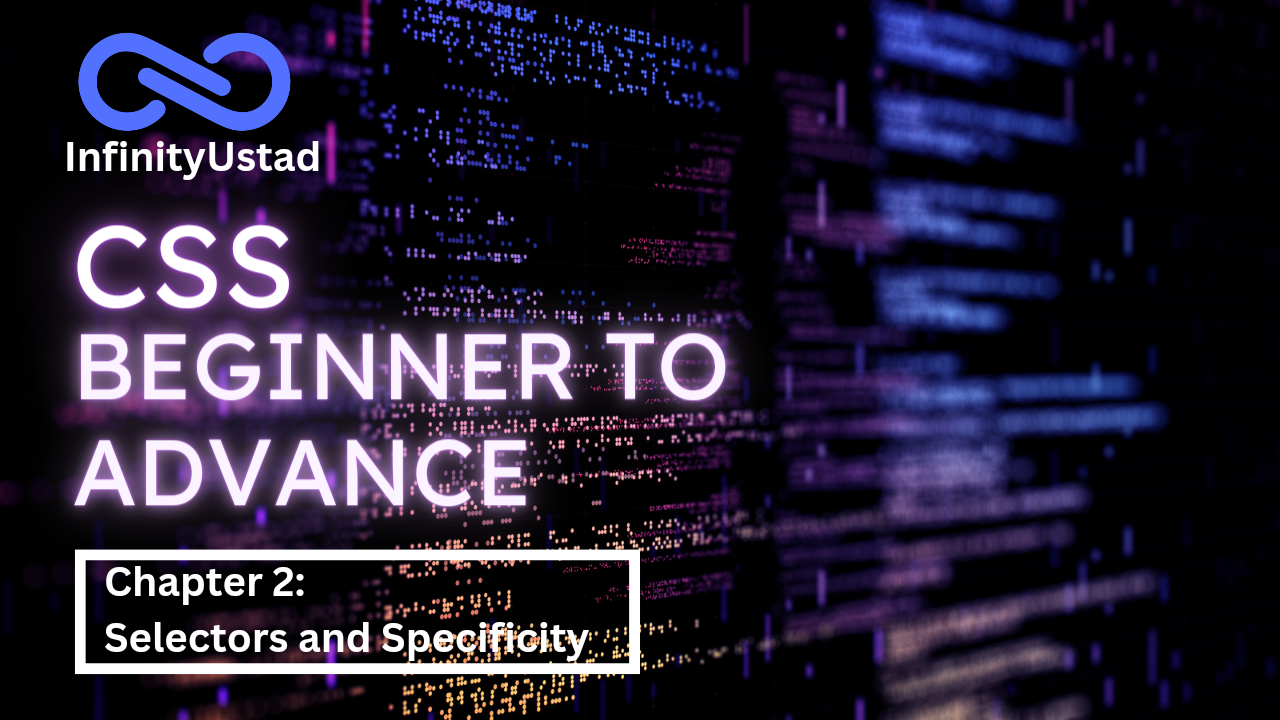In this chapter, we will dive into the world of CSS selectors and specificity. CSS selectors are used to select and apply styles to specific elements on a web page. Understanding selectors and specificity is crucial for every front-end developer, as it provides the foundation for writing maintainable and scalable CSS code.
What are CSS Selectors?
CSS selectors are patterns used to select the elements that you want to style. There are many different types of selectors, each with their own syntax and use case. Some of the most common selectors include:
- Type selectors
- Class selectors
- ID selectors
- Attribute selectors
- Pseudo-class selectors
How do Selectors work in CSS?
When you write a CSS rule, you specify a selector, followed by a set of properties and values. The selector determines which elements on the page the styles will be applied to. For example, if you write the following rule:
cssh1 {
color: blue;
}
This rule will apply the color property with the value of blue to all h1 elements on the page.
Understanding Specificity
Specificity refers to the importance of a CSS rule in determining which styles will be applied to an element. If two rules apply styles to the same element, the one with the highest specificity will be used.
Specificity is calculated based on a set of four values:
- Inline styles (styles written directly on an element in the HTML)
- IDs
- Classes, attributes, and pseudo-classes
- Elements and pseudo-elements
Using Specificity to Override Styles
In some cases, you may want to override a style that is being applied to an element. To do this, you can write a new rule with a higher specificity value. For example, if you have the following rule:
cssh1 {
color: blue;
}
And you want to override the color property for a specific h1 element, you can write the following rule:
css#special-h1 {
color: red;
}
In this example, the second rule has a higher specificity value (an ID selector is more specific than a type selector) and will override the first rule for the h1 element with the ID of special-h1.
Best Practices for Writing Selectors and Specificity
Here are a few best practices to keep in mind when writing selectors and specificity:
- Keep selectors as simple and specific as possible
- Avoid using overly specific selectors
- Use class selectors instead of ID selectors whenever possible
- Use CSS cascading and inheritance to your advantage
Conclusion
In this chapter, we covered the basics of CSS selectors and specificity. Understanding these concepts is crucial for writing maintainable and scalable CSS code. By following the best practices outlined in this chapter, you'll be on your way to becoming a CSS pro in no time.
FAQs
What are CSS selectors?
CSS selectors are patterns used to select elements on a web page that you want to style.How do selectors work in CSS?
Selectors are used in CSS rules to determine which elements


